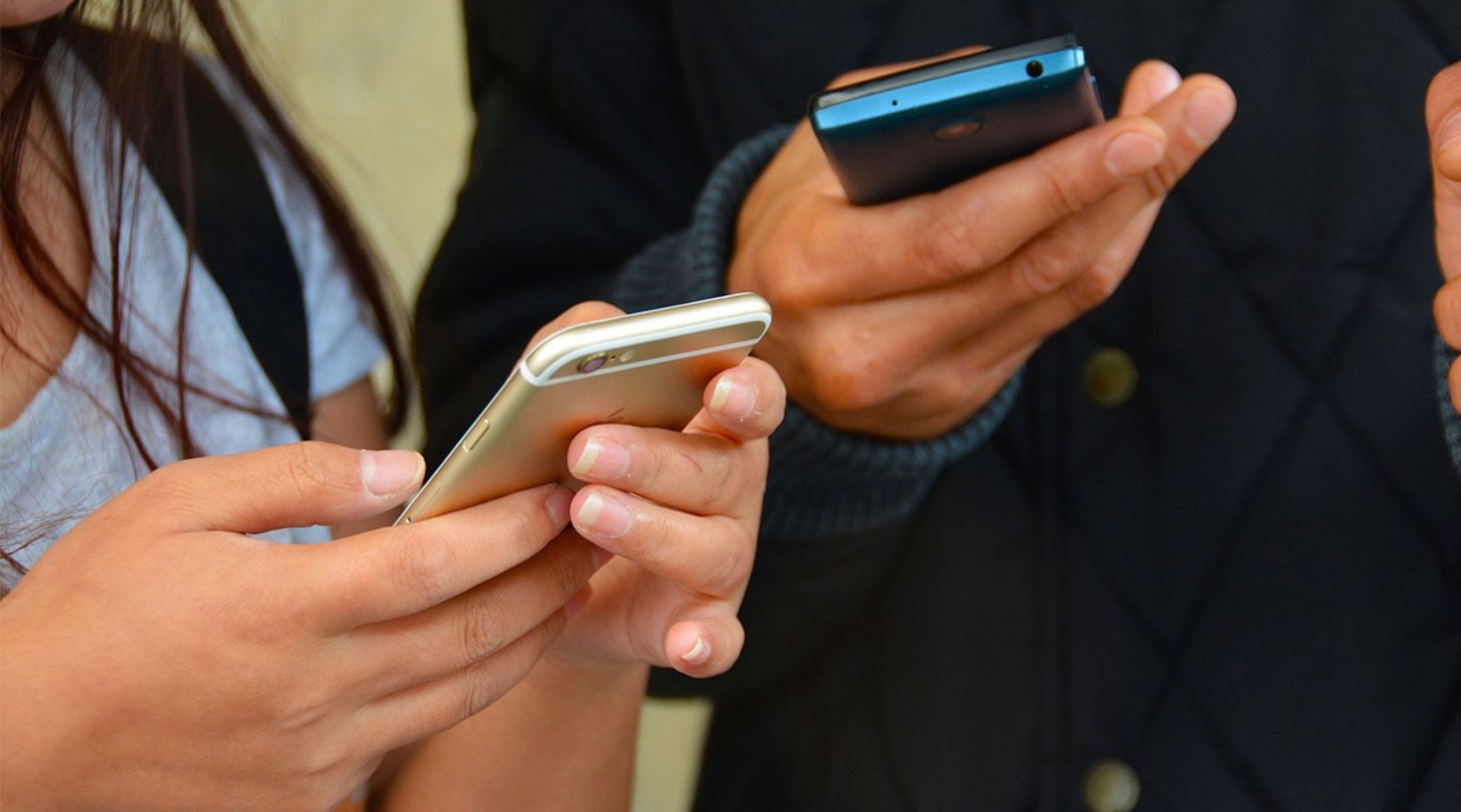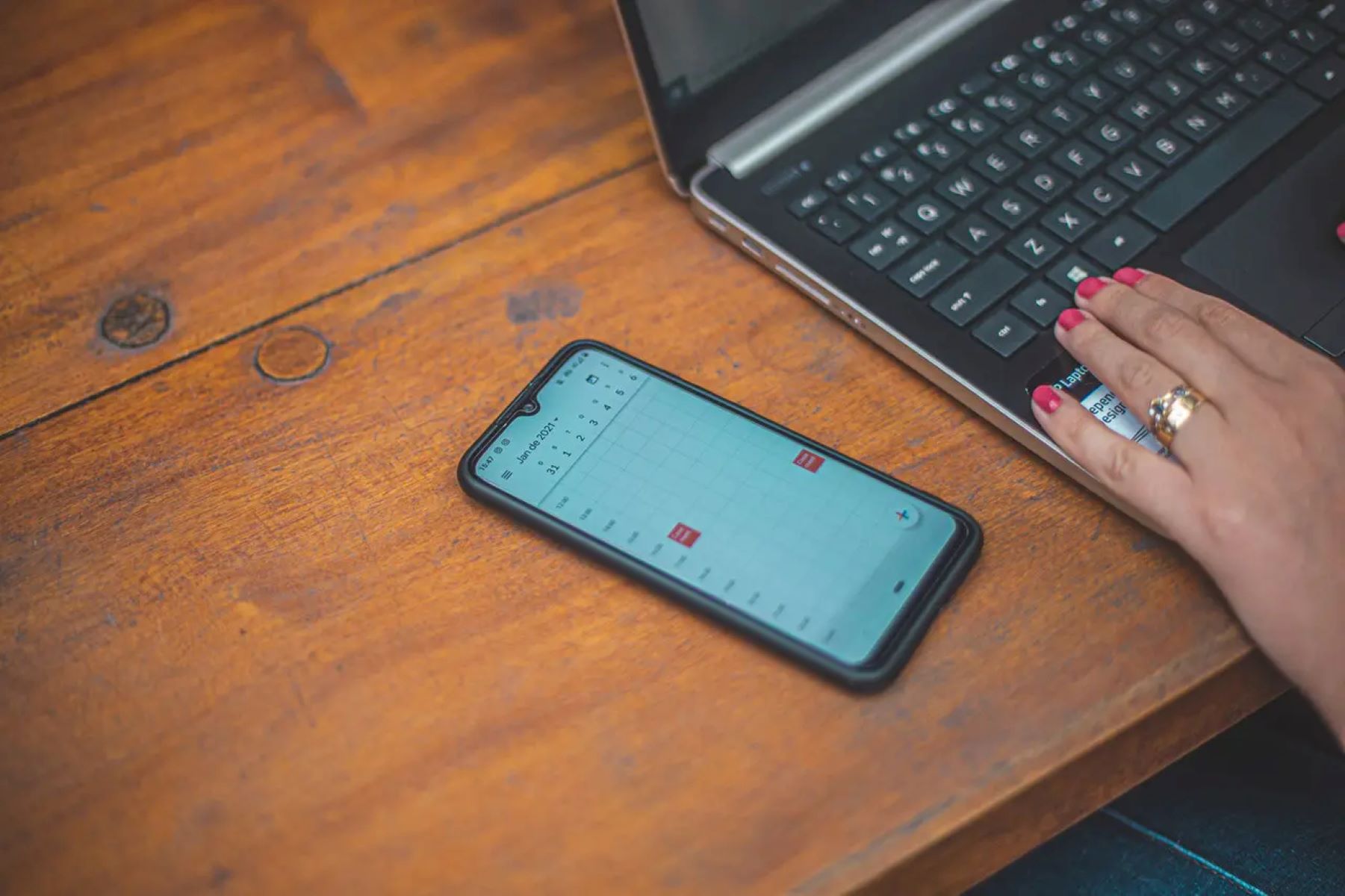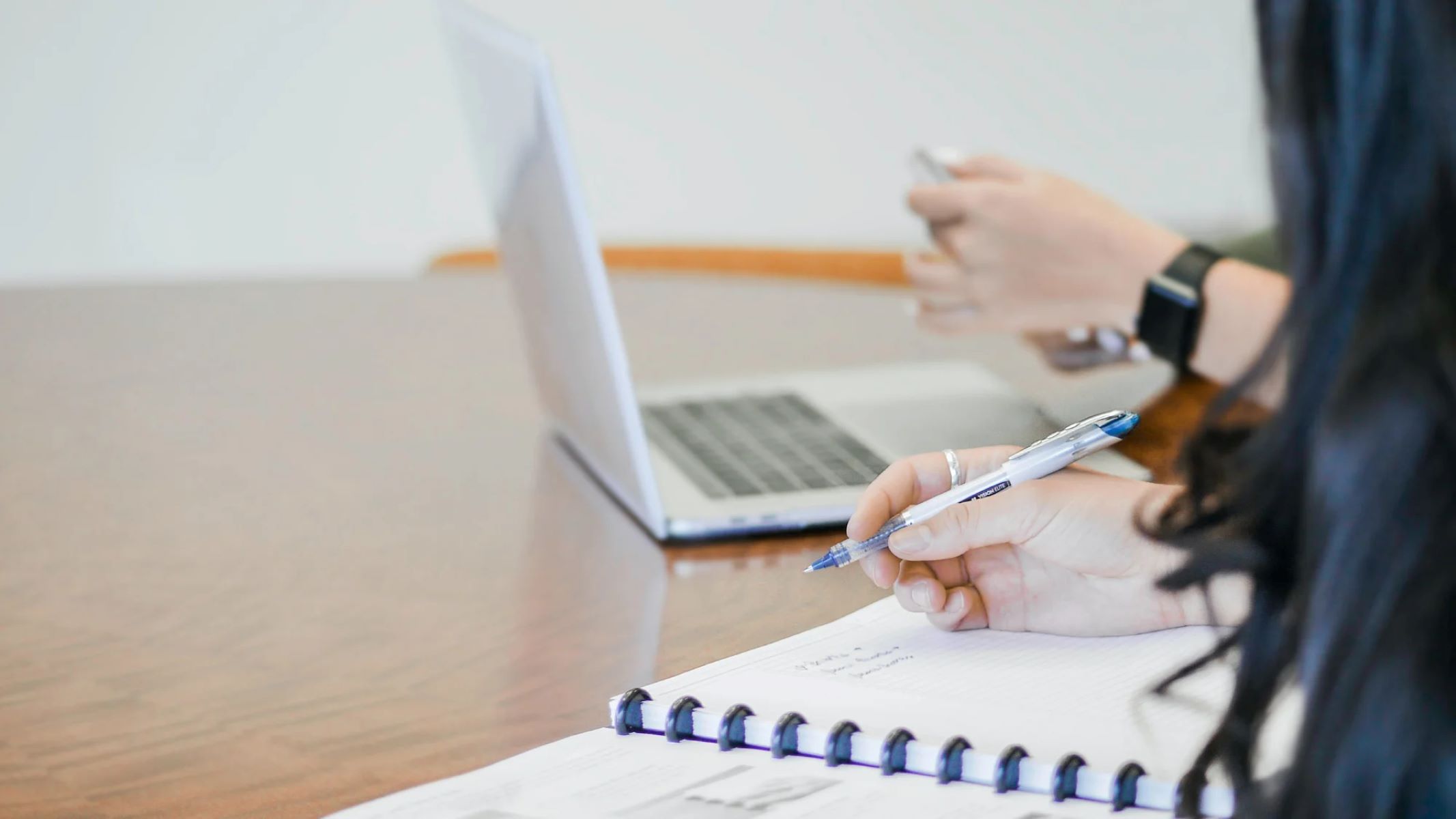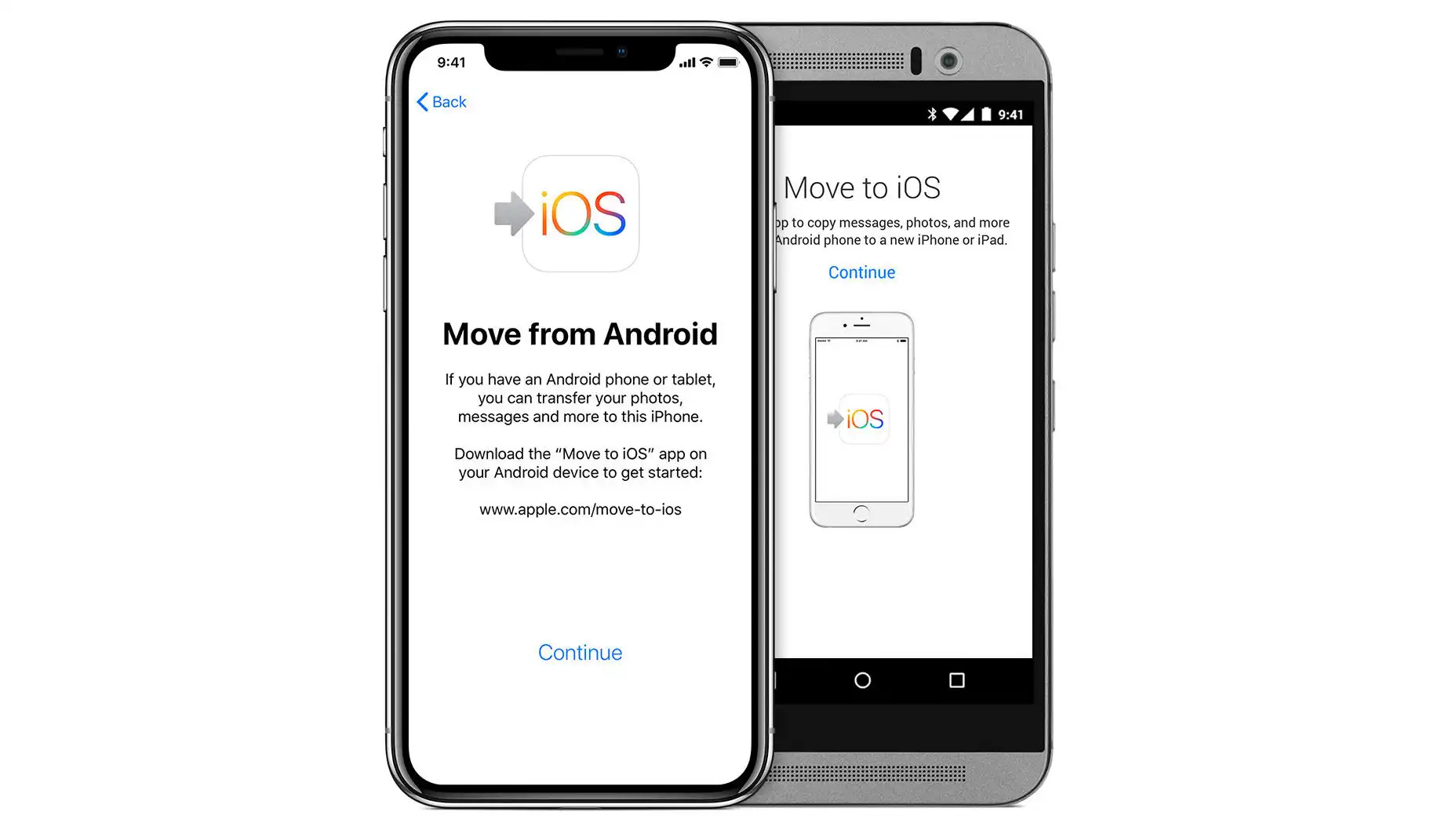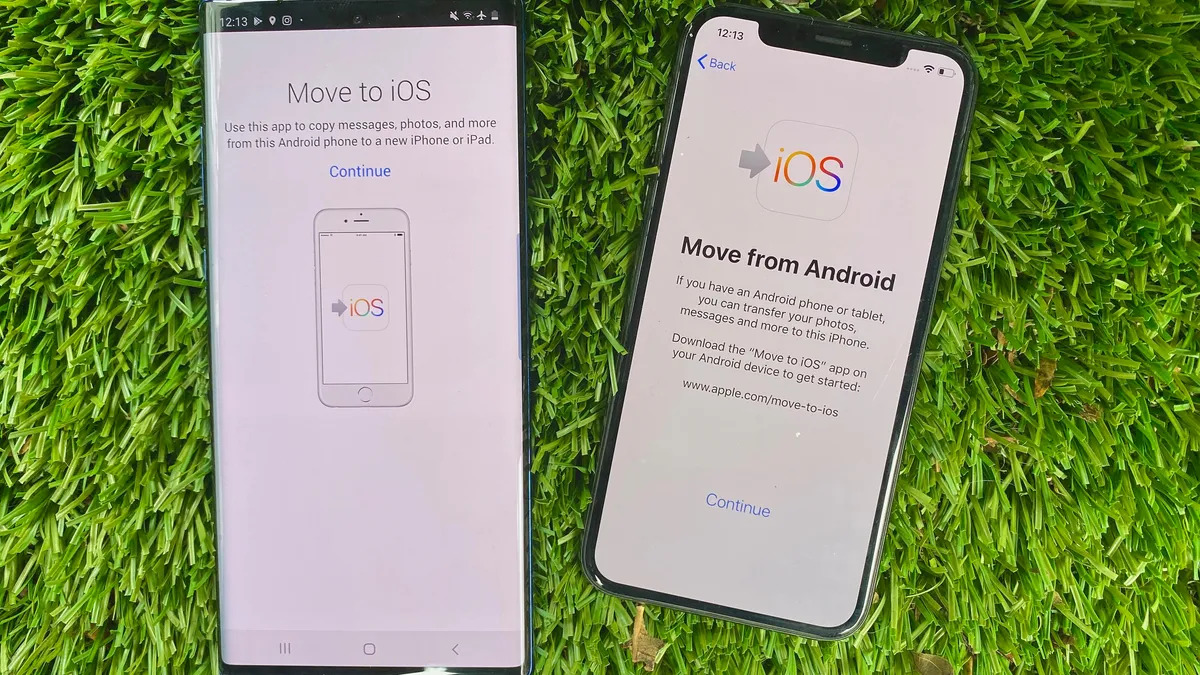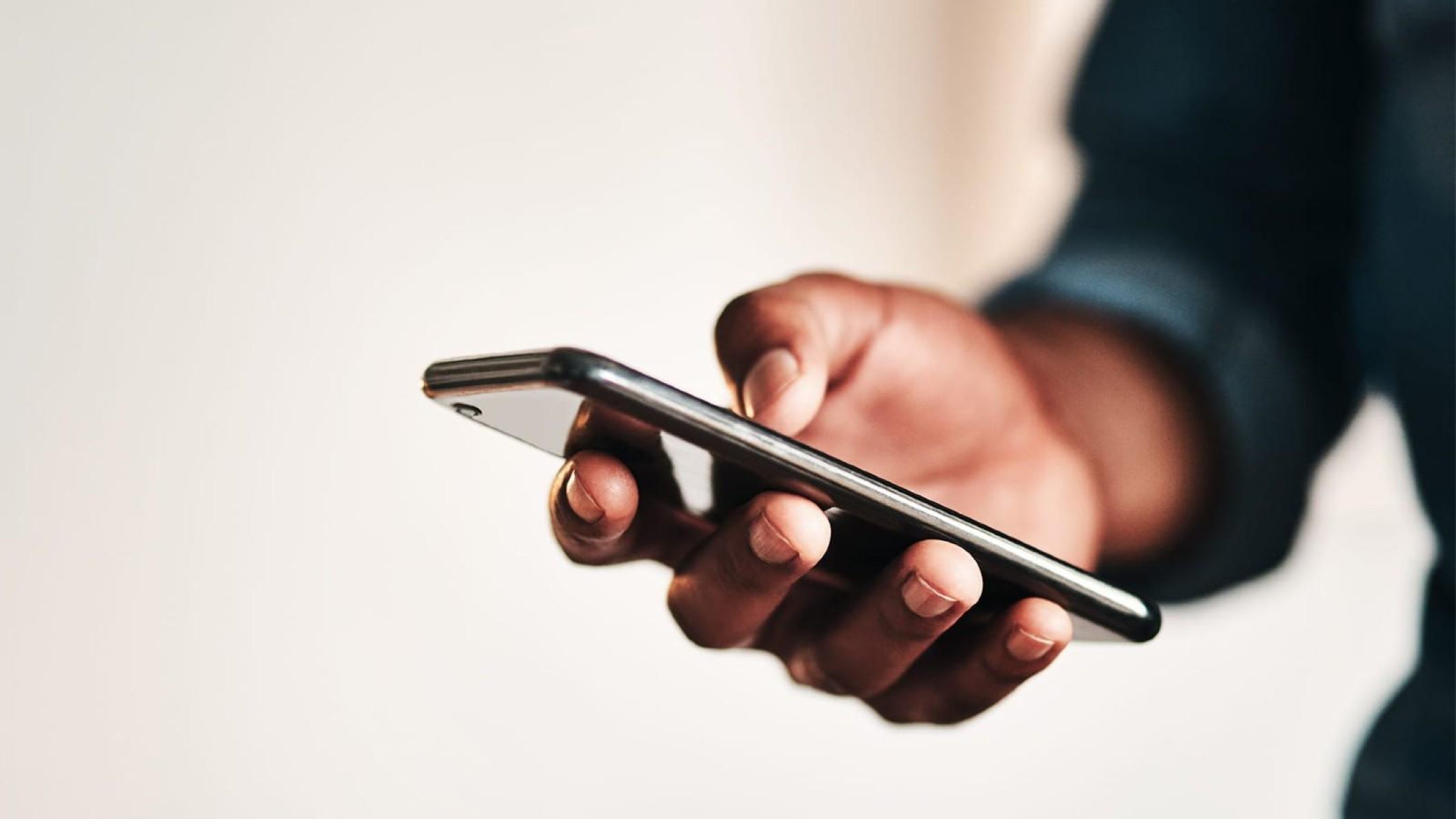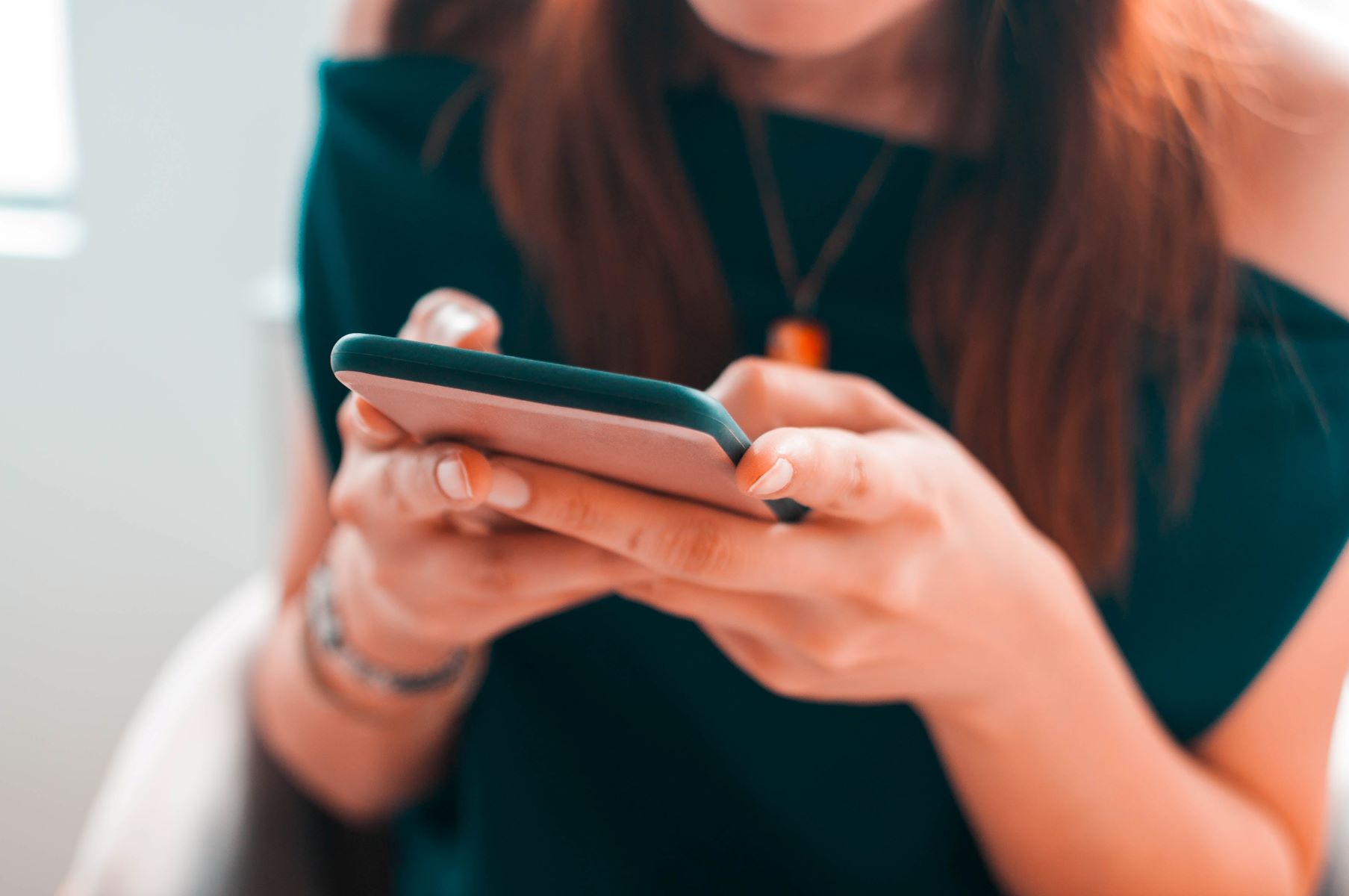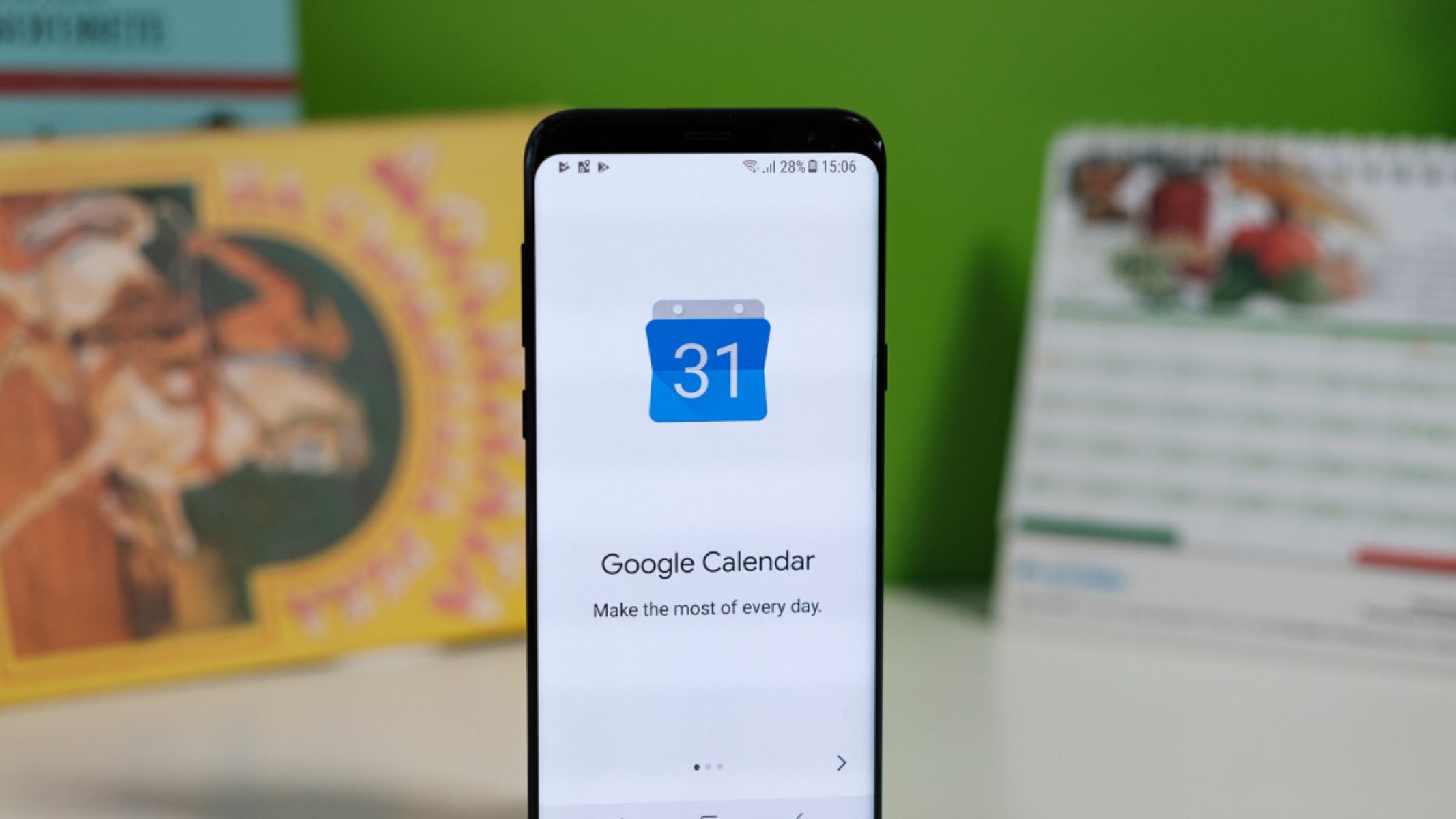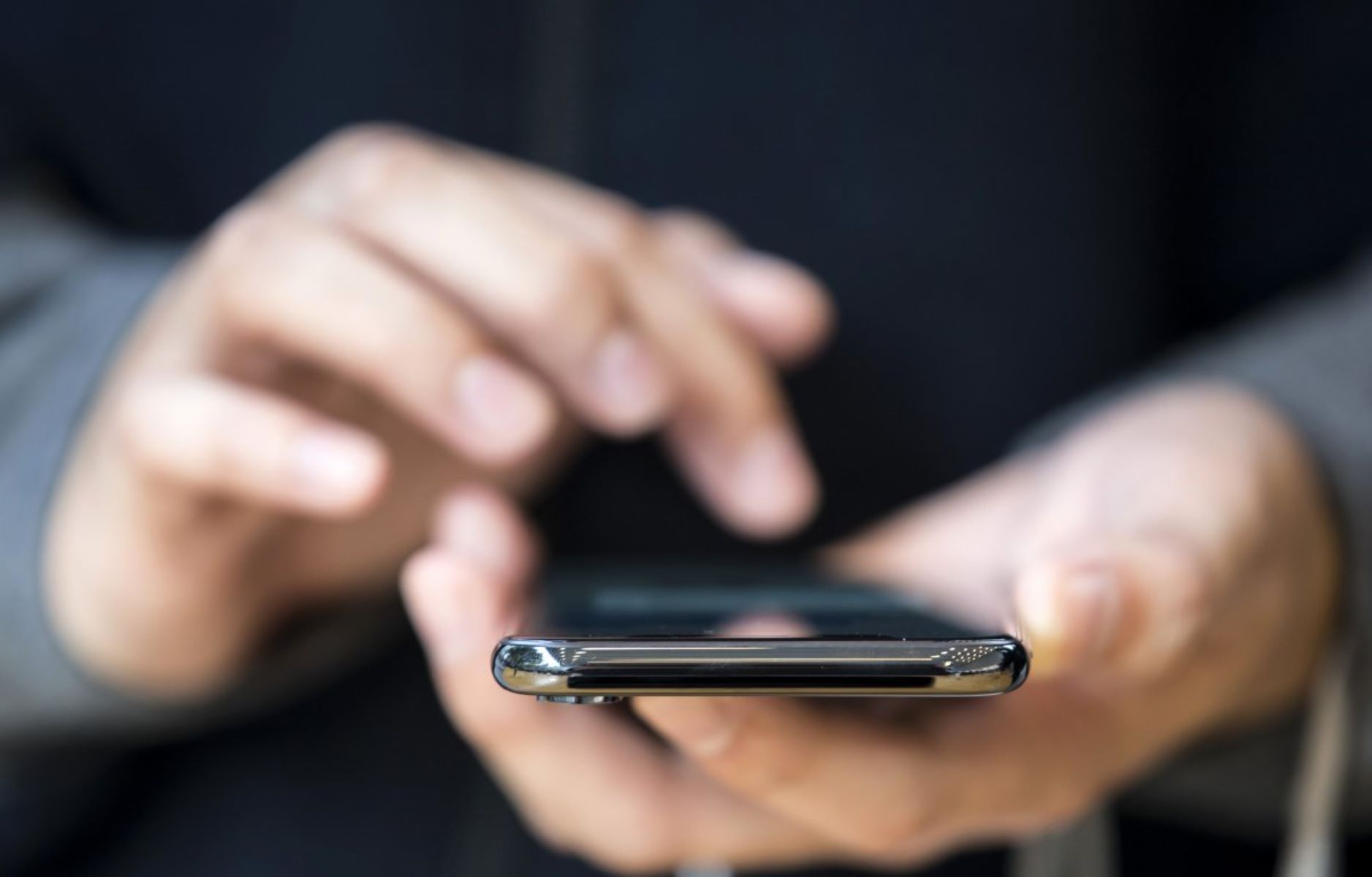Introduction
Sharing your Google Calendar between an iPhone and an Android device can be quite useful, especially if you use multiple devices or collaborate with others who use different platforms. It allows you to keep track of your appointments, events, and tasks seamlessly across both devices.
While there are some differences between connecting Google Calendar to an iPhone and an Android device, the process is relatively simple for both. In this article, we will guide you through the steps to connect and share your Google Calendar between an iPhone and an Android device.
Whether you’re an iPhone user who wants to access your Google Calendar on your Android tablet or an Android user who wants to sync their Google Calendar with their spouse’s iPhone, we’ve got you covered. Following our step-by-step instructions, you’ll be up and running with a shared Google Calendar in no time.
Before we dive into the details, please note that you’ll need a Google account to proceed with these steps. If you don’t already have one, you can easily create a free Google account by visiting the Google account creation page.
Now, let’s get started with connecting Google Calendar to an iPhone and an Android device separately, and then we’ll move on to sharing your Google Calendar between the two.
Connecting Google Calendar to iPhone
To connect your Google Calendar to your iPhone, you can use the default Calendar app or download the Google Calendar app from the App Store. Here are the steps for both methods:
- Using the Default Calendar App:
- Open the Settings app on your iPhone.
- Scroll down and select Calendar.
- Tap Accounts and then select Add Account.
- Choose Google from the list of account types.
- Enter your Google account email and password, and then tap Next.
- Toggle the Calendar switch to enable syncing your Google Calendar with your iPhone’s default Calendar app.
- Tap Save to finish the setup process.
- Open the Calendar app on your iPhone, and you should see your Google Calendar events alongside your iPhone’s native calendar events.
- Using the Google Calendar App:
- Download and install the Google Calendar app from the App Store.
- Open the app and sign in to your Google account.
- Grant the necessary permissions for the app to access your calendar.
- Your Google Calendar events should now be displayed in the Google Calendar app on your iPhone.
By following these steps, you can easily connect your Google Calendar to your iPhone, allowing you to view, edit, and manage your events seamlessly.
Connecting Google Calendar to Android
Connecting your Google Calendar to your Android device is straightforward, as Android devices come with built-in integration. Here’s how you can set it up:
- Open the Settings app on your Android device.
- Scroll down and select Accounts or Accounts and Backup, depending on your Android version.
- Tap Add Account and select Google from the list of account types.
- Enter your Google account email and password, then tap Next.
- On the next screen, make sure the Calendar toggle is enabled.
- Tap Next and then Accept to grant the necessary permissions for syncing your Google Calendar.
- Your Google Calendar events will now be synced to the default Calendar app on your Android device.
Once you’ve completed these steps, you’ll be able to access and manage your Google Calendar events directly from the default Calendar app on your Android device. Any changes you make on one device will be reflected on the other, ensuring that your events are always up to date.
It’s worth noting that different Android devices might have slight variations in their settings layout or naming conventions. However, the overall process remains similar for most Android devices.
If you prefer using a third-party calendar app, such as Microsoft Outlook or Samsung Calendar, you can still connect your Google Calendar to these apps by signing in with your Google account. Simply open the desired app, go to the settings, and add your Google account to sync your Google Calendar events.
By following these steps, you can seamlessly integrate your Google Calendar with your Android device, making it convenient to manage your events and stay organized.
Sharing Google Calendar between iPhone and Android
Once you have connected your Google Calendar to both your iPhone and Android device, you can easily share it between the two platforms. This allows you to collaborate with others or simply have access to your calendar events across all devices. Here’s how you can share your Google Calendar:
- Open a web browser on your computer or laptop.
- Go to the Google Calendar website and sign in with your Google account credentials.
- In the left sidebar, locate your Google Calendar under the My Calendars section.
- Hover over the calendar name and click on the three vertical dots that appear next to it.
- From the dropdown menu, select Settings and sharing.
- In the Settings for [Calendar Name] section, scroll down to the Share with specific people section.
- Click on the Add people button and enter the email addresses of the people you want to share your calendar with.
- Set the appropriate permissions for each person. You can choose between Make changes and manage sharing, Make changes to events, or See all event details.
- Click Send to share your calendar with the selected individuals.
- On your iPhone, open the default Calendar app or the Google Calendar app.
- Go to the settings and make sure that your shared Google Calendar is enabled and synced.
- On your Android device, open the default Calendar app or the Google Calendar app.
- Go to the settings and ensure that your shared Google Calendar is enabled and synced.
Now, you and the people you shared your Google Calendar with will be able to view and edit the calendar events. Any changes made by you or others will be instantly updated across all devices.
By sharing your Google Calendar between iPhone and Android, you can effortlessly collaborate with colleagues, family, or friends, ensuring everyone is on the same page and well-organized.
Troubleshooting Common Issues
While connecting and sharing Google Calendar between iPhone and Android devices is generally a smooth process, there might be some common issues that you could encounter along the way. Here are some troubleshooting tips to help you resolve them:
Syncing Issues:
- Make sure that you have a stable internet connection on both devices. Poor or intermittent connectivity can affect the syncing process.
- Check that you have granted the necessary permissions for the Calendar app to access and sync your Google Calendar. You can verify this in the app settings.
- Try restarting both devices. Sometimes, a simple reboot can resolve syncing issues.
Duplicate Events:
- If you notice duplicate events on your Google Calendar, it could be due to multiple calendars being synced. Go to the calendar settings and ensure that only the necessary calendars are enabled.
- If you have shared your Google Calendar with others, ask them to double-check their settings to make sure they don’t have duplicate events showing up.
Missing Events:
- If you don’t see certain events on your iPhone or Android device, check that those events are not set as private or marked with restricted access. Such events may not sync to all devices.
- Verify that the event is added to the correct calendar within Google Calendar. Sometimes, events can accidentally be added to a different calendar or a sub-calendar.
App-Specific Issues:
- If you are using the default Calendar app on your iPhone or Android device and encounter issues, consider trying an alternative calendar app from the app store. Sometimes, different apps can offer better syncing capabilities.
- If you are using a third-party calendar app, make sure it is up to date with the latest version. Outdated versions can sometimes cause compatibility issues.
If you have tried these troubleshooting tips and are still facing issues, you can consult Google’s support documentation or community forums for further assistance. They may have specific solutions for your device or the version of the operating system you are using.
Remember, technology can be complex, and occasional hiccups are not uncommon. With patience and persistence, you can overcome any issues and enjoy the benefits of a shared Google Calendar on your iPhone and Android devices.
Conclusion
In today’s fast-paced world, having a shared calendar that seamlessly syncs across devices is incredibly helpful for staying organized and collaborating effectively. Connecting and sharing your Google Calendar between an iPhone and an Android device allows you to access your events, appointments, and tasks wherever you are.
In this article, we’ve provided step-by-step instructions for connecting your Google Calendar to both an iPhone and an Android device. We’ve also outlined the process of sharing your Google Calendar between the two platforms, enabling collaboration and ensuring everyone stays on the same page.
We’ve also included troubleshooting tips for common issues that you may encounter during the setup process. It’s important to remember that technology can be unpredictable, but with patience and persistence, you can overcome any challenges that arise.
By following these instructions and troubleshooting tips, you can enjoy the benefits of a shared Google Calendar on your iPhone and Android devices. Whether you’re managing personal events, coordinating schedules with family members, or collaborating on work projects, having a synchronized calendar will make your life easier and more organized.
So, go ahead and connect your Google Calendar to your iPhone and Android device, share it with the necessary people, and enjoy the convenience of accessing your calendar from anywhere, at any time. Stay organized, stay productive, and never miss an important event again!







